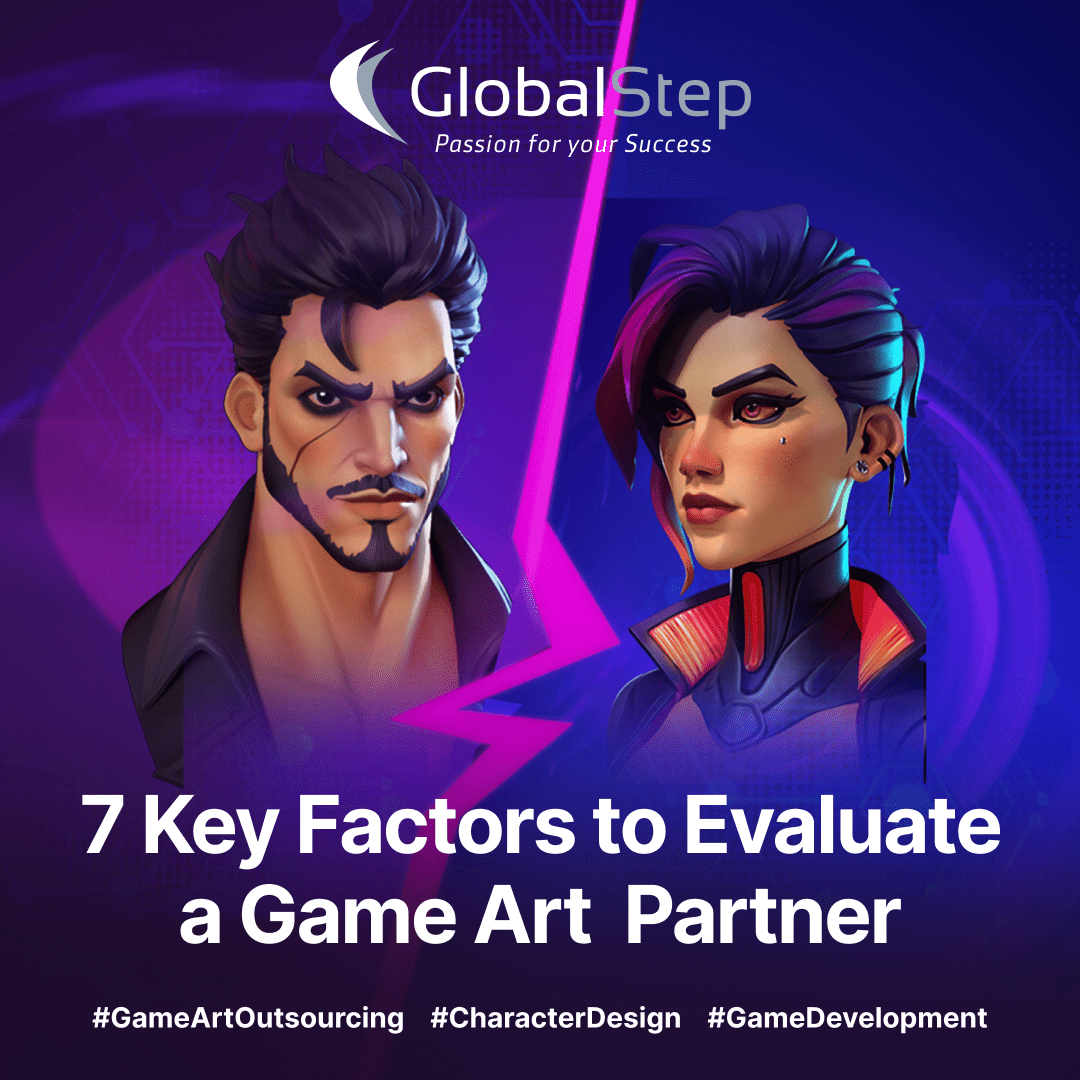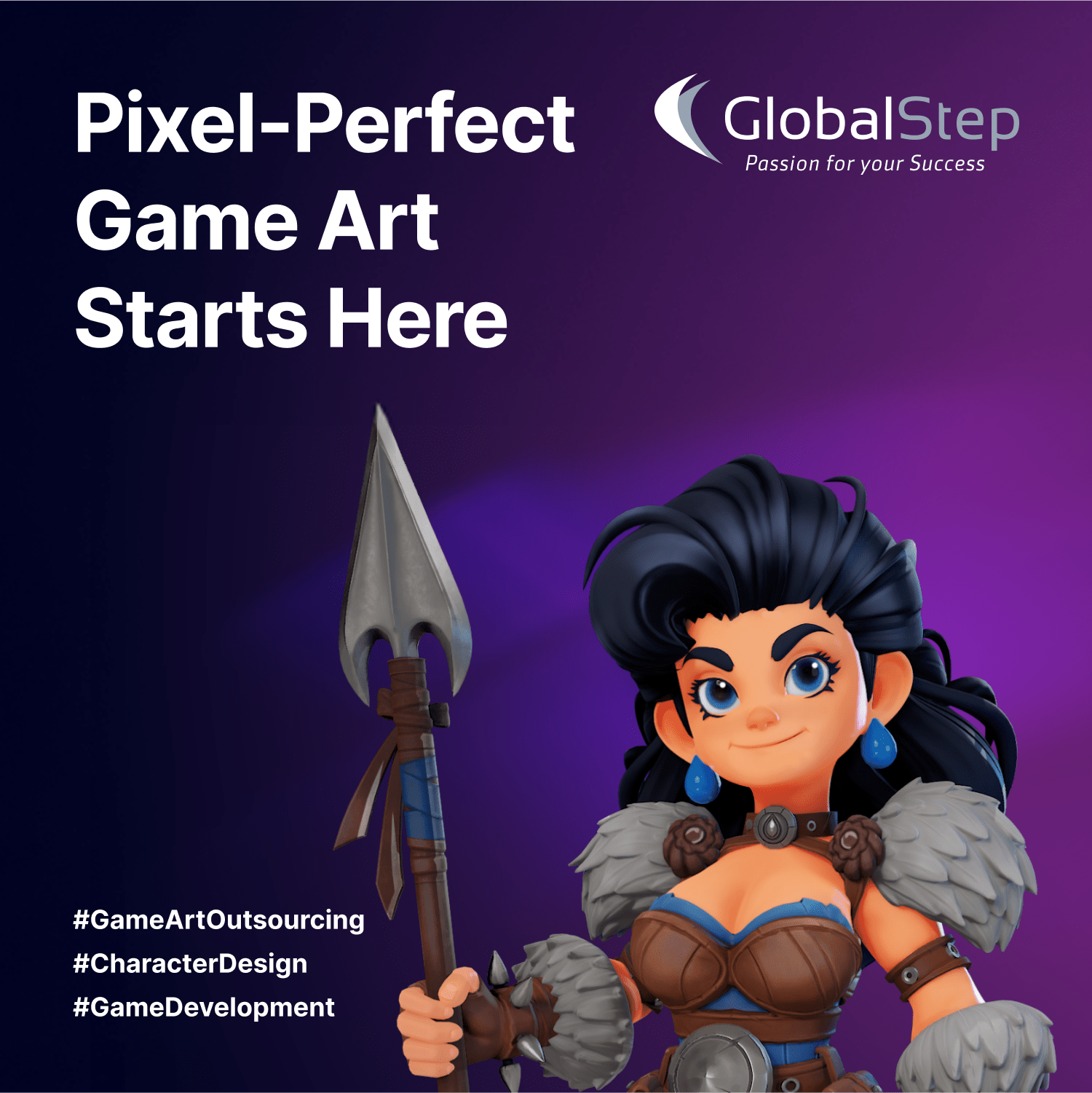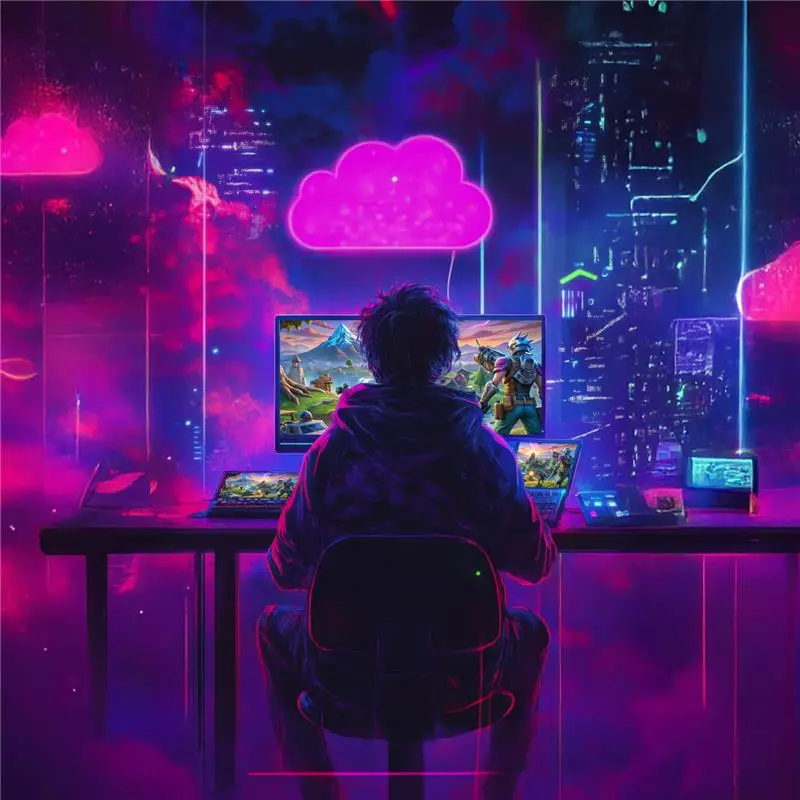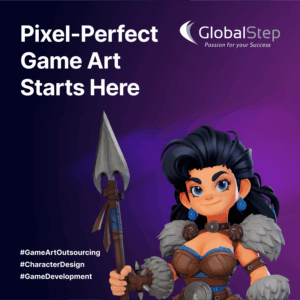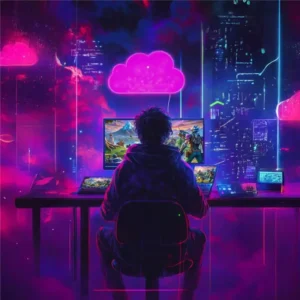
In Part 1 of this blog series, we discussed how game art outsourcing is a strategic benefit for developers that value both quality and scaling. Part 2 then dissected the seven fundamental factors in determining a game art partner that range from vision alignment to resource agility.
Now, in Part 3, we’re shifting the focus to the behind-the-scenes machinery: what you get when you’ve selected your partner and the initial asset package is delivered. This is the stage at which many promising collaborations fall apart; not because the concept art is bad, but because the assets aren’t usable in your engine or pipeline.
A partner may show you stunning concept sheets and lovely textured models, but if their assets can’t integrate into your pipeline or meet the requirements of your engine, you’ll have problems that good looks won’t overcome. For technical directors, pipeline engineers, and lead artists, the most important question isn’t whether the art itself is attractive. It is whether the deliverables operate efficiently within your workflow, without introducing delays, rework, or system conflicts.
Game development is now based on highly interdependent systems. Whether you are developing within Unreal Engine 5, based on virtualized geometry, or developing across Unity utilizing URP and Addressables, your art collaborator has to know their engine inside and out. That knowledge should not just include software familiarity. It also has to be functional, proactive, and accurate right from the first handoff.
When Art Meets Engineering and the Workflow Breaks
The most frequent point of friction for art and development is that a “plug and play” model is expected to hold for production. In practice, format mismatches, rigging conventions, and naming conventions can cascade across the pipeline and bring production to a halt. There are concrete cases of character rigs arriving in Maya that look lovely, but since their pipeline is built around Blender, the rig has to be completely rebuilt at this stage. Or texture sets that are sent over without proper packing, exploding the memory budget and necessitating late-stage reworks.
Another common breakdown happens when assets are provided in unsupported file versions. There are some shops that continue to function under limitations that restrict them to FBX 2014, but their partners may unknowingly default to newer formats. These types of mistakes may not seem significant on the surface but can cause issues with exports, broken materials, or missing animation data once these files enter your build.
Other problems arise where the partners have not properly understood runtime constraints. The wrong hierarchy structure of assets might ruin prefabs in Unity. In Unreal, missing LODs or improperly handled channel packing can completely invalidate performance expectations. These are not isolated mistakes. These are the indications of an art pipeline that has been established without complete consideration for the engine to serve.
What It Truly Means to Be “Engine Fluent”
Art partners don’t need to write code, but they must understand how their deliverables interact with the technology. In practice, that means understanding the structure and rules of your chosen engine. Can they deliver Nanite-capable geometry that is vertex-paintable for landscape blending in Unreal? Do they understand how to package and manage Addressables in Unity without triggering runtime errors or extended load times?
The best way to identify fluency is through early-stage test tasks. Rather than asking for standalone art samples, studios should request engine-integrated deliveries. For instance, a small-scale environment built with your existing material libraries, using your naming structure and exported in your preferred version format. At GlobalStep, we encourage this through pilot tasks that place assets directly into engine environments, exposing potential red flags long before production begins.
Another critical marker is version control literacy. It’s not enough for a partner to upload assets. They need to know how to manage changelists, avoid conflicts in binary file check-ins, and align with your branching strategy. This level of integration ensures that collaboration between art and engineering doesn’t just work, but thrives.
The Importance of Getting It Right the First Time
The best teams move not just quickly, but also correctly. When your partner ships assets that import cleanly, adhere to your memory rules, and meet all of your runtime requirements, your engineering team is free to spend their time building features instead of firefighting. That’s where small problems like UV stretching, pivot misalignment, or improper compression settings have the potential to become costly time drains if not caught up front. But with the right partner, those issues don’t make it into production at all.
Engine-savvy art delivery honors your development goals. All that exists is consistency of texel density, compliance with modular design rules, support for UI elements with multiple languages, and compliance with the tools you are using for test automation. Art that correctly behaves from design to deployment equals faster sprints, fewer integration problems, and more reliable releases.
Why Partnering with GlobalStep Makes the Difference
Day-One Technical Integration:
We collaborate with design and engineering teams from the earliest stages of production, from setting up assets for Unreal’s World Partition workflows to maximizing shaders for Unity’s performance requirements, or creating pipelines for proprietary engines.
Pipeline-Ready Deliverables:
Our artwork is built to spec, versioned in your environment, and tested for clean import, memory safety, and run-time behavior before you ever connect it into your build.
Seamless Version Control Collaboration:
We coordinate your change lists, check-in rules for binaries, and branch plans to guarantee that no asset ever leads to workflow bottlenecks.
Full-Cycle Support:
From initial test tasks up to large-scale production, we manage art delivery across characters, environments, UI, VFX, and more, all under the oversight of QA.
Schedule a call with our specialists today to find out how GlobalStep guarantees each asset you get is both aesthetically pleasing and technologically sound. We enable studios to scale quickly without compromising on precision because great art is merely excellent when it works impeccably in your game.

